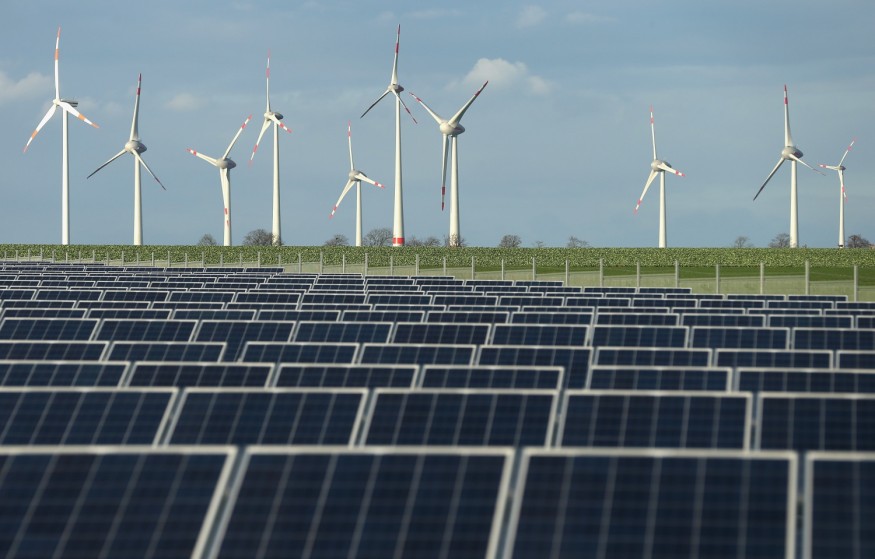
As the world tackles climate emergency, more and more industrialized nations switch to renewable energy sources as a viable and practical option to meet the demands of energy production.
A new study from an international team of researchers shows that these demands can be met through wind and solar power sources, particularly in nations from Afghanistan to Zimbabwe.
"Wind and solar could meet more than 80 percent of demand in many places without crazy amounts of storage or excess generating capacity, which is the critical point," says Earth system scientist Steven Davis from the University of California, Irvine (UCI).
"But depending on the country, there may be many multi-day periods throughout the year when some demand will need to be met by energy storage and other non-fossil energy sources in a zero-carbon future."
Researchers analyzed energy use of 42 major countries across 39 years (from 1980 to 2018), and were able to model the increases in wind and solar energy power production in these countries, although installation of energy storage facilities requires extra efforts.
Dependability and reliability than power
However, the study found that renewable systems could meet the needs of the countries by 72-91 percent even without storage by using wind power, and it goes up to 83-94 percent of the time with solar as the dominant energy source - assuming that countries are committed to utilize these productions.
In this study, the team focuses on how reliable these power sources are, rather than how much it can produce.
They further explained that electricity demands rely on availability of sunlight and wind. It was found that larger, lower-latitude countries can adapt easier to the switch as they have far better access to solar energy for most part of the year. Meanwhile, smaller countries at higher latitudes like Germany may have to rely on backup sources more frequently.
"Historic data show that countries that are farther from the equator can occasionally experience periods called 'dark doldrums' during which there is very limited solar and wind power availability," says Earth system scientist Dan Tong from Tsinghua University in China.
"One recent occurrence of this phenomenon in Germany lasted for two weeks."
Pushing the number up further
Switching to wind and solar power could take several methods and approach for it to meet the demands of a nation.
In the US, wind and solar could account for around 85 percent of total electricity demand. While this will also depend with location, the number of available resources a country need can be pushed up following a few assumptions made in this study.
This includes overbuilding capacity, adding storage methods like batteries, or connecting to other countries on the North American continent. Moreover, researchers suggest to "take account of perfect electricity transmission with no wasted energy, and annual generation equal to annual demand."
These models serve as a blueprint on working towards sustainable, net-zero emissions energy system around the world.
For more news and updates about nature and similar topics, don't forget to follow Nature World News!
© 2025 NatureWorldNews.com All rights reserved. Do not reproduce without permission.





